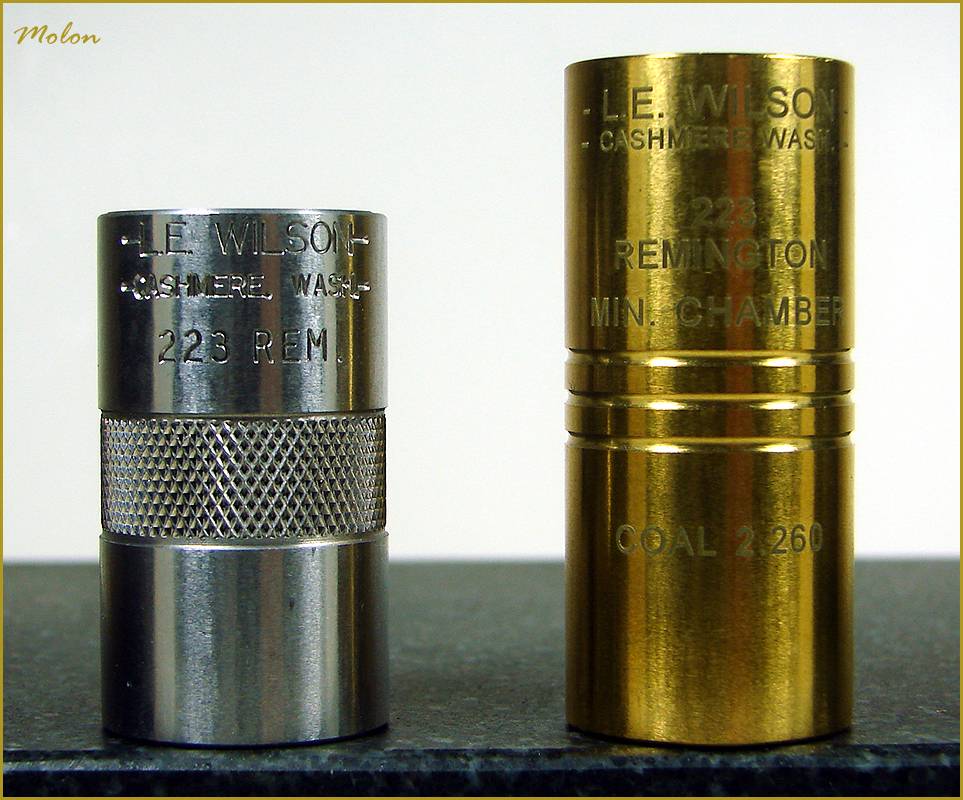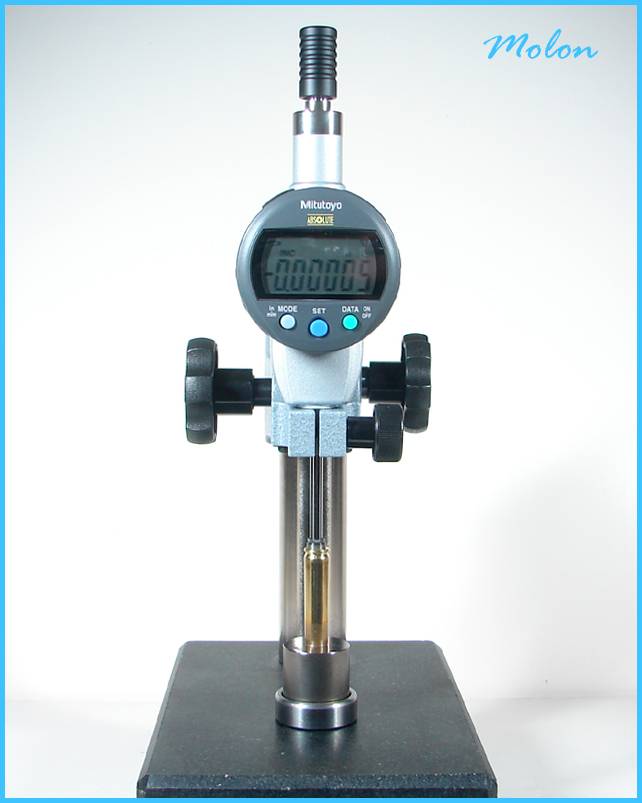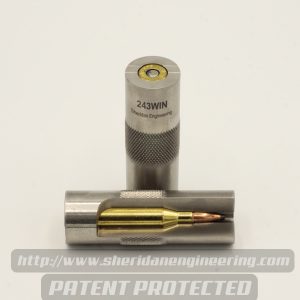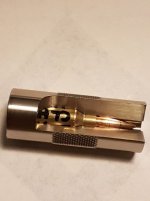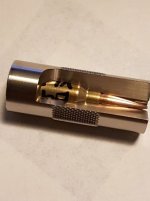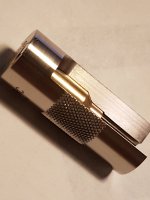"I tried seating my bullets a little deeper. I tried trimming the cases a little shorter." Factory rounds don't stick? But reloads do?
Looks like you have eliminated bullet jam, OAL, and overall case length as the issue.
Factory rounds probably have a few extra thou of HEADSPACE. If your reloads are close to chamber Shoulder to Base dimension the round will chamber and the bolt will drag hard trying to rotate into battery. Then be HARD to extract. The bolt gun equivalent of "Heavy Bolt Lift".
The cases might drop in just fine and fall out , but do they extract with the bolt rotated into battery? Dragging a tight case out of an AR doesn't have the mechanical advantage of a bolt gun. It will stick.
I take fired cases, with the datum to base expanded by firing and won't chamber without force, and bump them until they just barely fit.
I fit check several in the chamber by setting the case into the extractor and feeding the case forward into the chamber (slowly) feeling for a click to lock. Then bump 0.001" to 0.002" more. With a size to stop press, not a cam over type. Lock down the die setting and size.
I use a 7.62x39 case, belled, for .223 size necks (5.56/224V/22Nolser) to measure as fired and as sized cases (even fits over bullets).
I have made OAL dummies, Zero jump for the bullets I load (85.5, 88, and 95). Loose neck tension, Epoxy on the inside of the neck, chambered for jam, allowed to cure muzzle down. I load for desired jump based on these.
I know where my chamber neck is with a borescope.
I know the headspace determining dimensions of the bolts I use.
Even after all this, I don't know what my actual chamber length is. That would take a Go gage and shims. My datum to base measurement is arbitrary based on a nice fitting X39 case.
I know my bolts are in spec in case I need to swap in another. I assume the headspace of new factory 22 Nosler rounds are about 0.004" (datum to base) short as well as case length. The NOSGAR rounds are 6mm HAGAR cases bumped to the chamber.
I'm setting my reloaded cases to the actual chamber dimension with about 0.002" headspace. They fit and eject.
This is for slow fire, prone, minimum gas to lock back, and a cut down ejector spring.
Wife on the line with a 22 NOSGAR AR.

